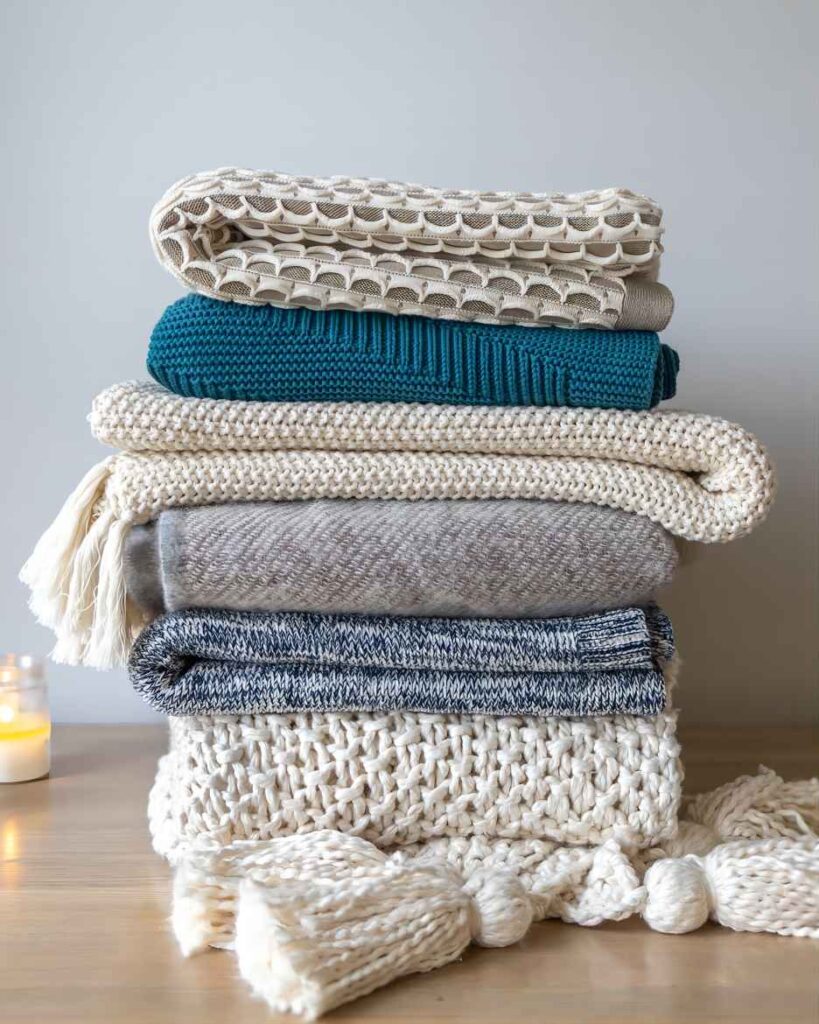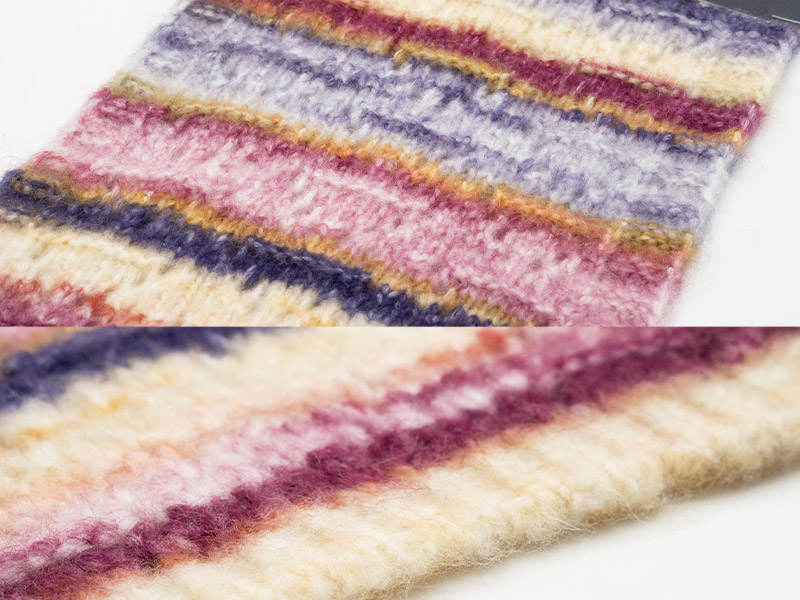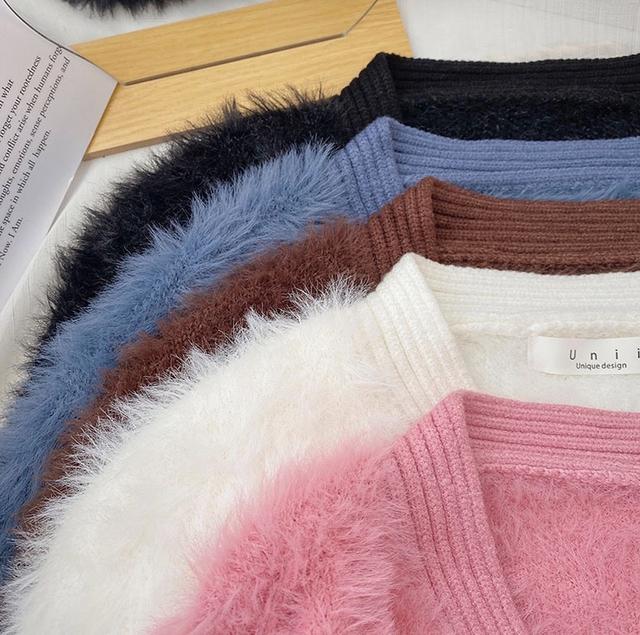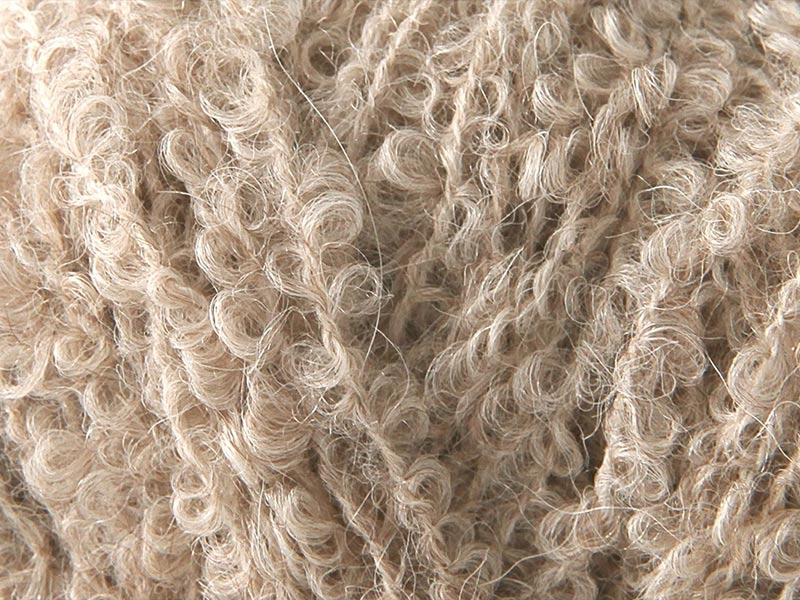What Is Faux Mink Material—and Why You’ll Love It
Faux mink material is a premium type of synthetic fur designed to imitate the lush, silky softness of real mink fur—without using any animal fibers. As an ethical and cost-effective alternative, faux mink offers elegance, warmth, and versatility for fashion, home décor, and craft applications. Its popularity has surged in recent years as both brands and consumers look for more sustainable, cruelty-free textile options.
But what exactly is faux mink? How is it different from other faux furs, and what makes it ideal for specific projects? Let’s explore everything you need to know.
What Defines Faux Mink Material?
Faux mink is not your average faux fur. It’s engineered with unique characteristics that make it ideal for luxury applications, particularly where softness, subtle shine, and ethical sourcing are paramount.
Short, Dense Pile
One of the defining traits of faux mink is its ultra-short pile—that is, the tiny fibers that make up its surface are cut to a very short, uniform length and densely packed. This results in a matte-to-semi-gloss texture that feels similar to velvet or suede, but with more warmth and richness. The short pile mimics the natural structure of real mink fur, offering a balance between tactile softness and visual sophistication.
The density of the pile not only enhances its durability but also minimizes shedding and tangling, common problems in longer faux fur fabrics. This makes faux mink suitable for everyday use in both fashion and home décor, without constant upkeep.
Softness and Sheen
Thanks to the use of premium synthetic fibers—most often high-tenacity polyester or modacrylic—faux mink is exceptionally soft to the touch. These fibers are engineered to be finer than human hair and are brushed and treated to achieve a finish that feels silky and indulgent. Additionally, the surface catches and reflects light in a way that creates a subtle, natural-looking sheen, enhancing the fabric’s overall elegance.
Unlike cheaper faux furs that may appear overly shiny and plastic-like, faux mink provides a more understated, high-end look that pairs beautifully with both muted and bold color palettes.

Lightweight but Warm
Despite its lush appearance, faux mink is surprisingly lightweight. The short pile and tightly knit base fabric allow for insulation without the heaviness associated with bulkier faux furs like faux fox or faux bear. This makes it a practical material for garments that need warmth without volume—think lined jackets, scarves, capes, or even baby blankets.
Its warmth-to-weight ratio is one of its best features. The micro air pockets between fibers trap body heat effectively, providing insulation comparable to much thicker materials. As a result, faux mink is ideal for transitional weather or layering pieces that need to be light, breathable, and cozy all at once.
Durability and Performance
Beyond appearance and feel, faux mink excels in performance durability. The short, dense fibers are less prone to matting and wear, making them ideal for items subjected to frequent use or friction, such as throws, cushion covers, and travel accessories. Many faux mink textiles also undergo anti-static or water-resistant treatments, making them low-maintenance and long-lasting.
For designers, this durability means fewer limitations—faux mink can be draped, quilted, or even topstitched without losing its luxurious texture. For consumers, it translates to better wear over time, making the investment in faux mink not just stylish, but practical.
Material Composition & Production
Faux mink fabric is generally made from:
- Polyester: Offers durability, softness, and affordability.
- Modacrylic: Adds flame resistance, elasticity, and greater sheen.
- Blends: Sometimes combined with spandex or cotton for structure or drape.
The fabric is manufactured using knitting or weft insertion techniques, where pile fibers are attached to a base cloth and then trimmed evenly to form a uniform surface. Quality varies by manufacturer, with luxury lines using denser fiber counts and refined finishing processes.
Faux Mink vs. Other Faux Furs
Feature | Faux Mink | Long-Pile Faux Fur |
Texture | Ultra-soft, sleek, velvety | Fluffy, shaggy, dramatic |
Pile Length | Short and dense | Long, flowy strands |
Look | Refined, minimal, luxury | Bold, voluminous |
Weight | Lightweight | Heavier |
Common Use | Coats, linings, throws, plush toys | Costumes, statement jackets, rugs |
Care Difficulty | Easier to clean and maintain | More prone to tangling, harder to clean |
Most Common Uses of Faux Mink
Faux mink is used across several industries and hobbies:
Fashion Design
Luxury brands and indie designers love faux mink for its ability to add elegance to garments. It’s often used for:
- Jackets, shawls, and stoles
- Fur linings or collars
- Faux-fur-trimmed hoods and sleeves
- Mink-like cuffs or gloves
Unlike heavy faux furs, faux mink gives subtle structure and warmth without overwhelming the silhouette.
Home Furnishings
In interior design, faux mink lends an instant air of sophistication. Common uses include:
- Blankets and throws for beds or couches
- Faux-fur cushion covers
- Pet beds or luxury carriers
- Chair or stool upholstery (light-use furniture)
Crafts and DIY
Faux mink is loved in the crafting world for its softness, ease of use, and relatively low maintenance. It’s suitable for:
- Plush toys
- Faux fur bags or pouches
- Doll clothes
- Luxury-themed scrapbooks or decor accents
Advantages & Ethical Benefits
Pros of Faux Mink
Cruelty-Free: No animals harmed, aligning with vegan and animal welfare values.
Affordable Luxury: Achieve a mink-like aesthetic at a fraction of the price.
Versatile: Lightweight enough for year-round use; elegant enough for formalwear.
Customizable: Comes in various shades, from ivory and blush to navy and black.
Sustainability Considerations
While faux mink avoids the cruelty of real fur, it is still made of synthetic polymers, which are not biodegradable. However, some manufacturers are now exploring recycled polyester options to reduce the environmental footprint.
Consumers who want to be both animal-friendly and eco-conscious can look for OEKO-TEX® certified or recycled-content faux mink fabrics.
Care & Maintenance Tips
Faux mink is relatively low-maintenance compared to other delicate fabrics, but it still requires gentle handling to maintain its look and feel:
Washing: Spot clean or hand wash with cold water and mild detergent.
Drying: Air dry flat—never tumble dry, as heat can distort pile.
Brushing: Use a soft-bristle brush to revive nap if needed.
Storage: Store in breathable bags to avoid moisture and mildew.
Pro tip: Avoid hanging faux mink garments long-term, as this can cause stretching. Fold them neatly with tissue paper between layers.
Faux Mink in Modern Fashion Trends
As fashion moves away from real fur due to ethical and environmental pressure, high-end faux materials like faux mink are gaining traction. Brands such as Stella McCartney, House of Fluff, and Jayley Collection have embraced faux fur as both a style statement and a moral stance.
Consumer trends indicate:
A +40% increase in faux fur fabric sales year-on-year in fashion textiles.
Rising demand in home decor and pet accessory industries.
Greater availability of faux mink yarn in luxury knitting and crochet projects.
Conclusion
Faux mink material is an elegant, soft, and ethical alternative to traditional animal-based fur. With its short pile, velvety finish, and lightweight warmth, it’s a favorite for designers, crafters, and conscious consumers alike.
Whether you’re lining a winter coat, sewing a throw blanket, or creating luxurious accessories, faux mink offers both form and function—with zero cruelty. And as the textile world continues evolving, expect to see even more eco-friendly innovations in this space.
Ready to create something beautiful? Explore our curated selection of faux mink fabrics and yarns, perfect for your next cozy masterpiece.
Related News
Discover more about the latest developments in the yarn industry, explore articles on development trends and innovative technologies, and provide you with more industry insights.

Wool Acrylic Blend Yarn: Benefits, Uses & Wholesale Sourcing Guide
The choice of fiber in the textile industry affects not only the quality of the finished product, but also how well it works, how much it costs, and how much people want to buy it. Wool and acrylic are two of the most popular fibers, and each has its own benefits. Wool is known for being warm, strong, and breathable, while acrylic is known for being strong, cheap, and easy to care for.

Mink yarn, also known as faux mink yarn or imitation mink yarn, is a type of fancy yarn that mimics the luxurious texture and visual appeal of natural mink fur—without using any animal materials. It’s soft, fluffy, smooth, and often has a beautiful sheen, making it ideal for creating high-end fashion items and cozy textiles. But what exactly is mink yarn, and why is it gaining popularity in the textile and knitting industries? Let’s explore everything you need to know about this fascinating fancy yarn.

The Secret Behind “Fuzzy Yarns”: How Different Fancy Yarns Make Soft, Fluffy Textures
In the fall and winter, nothing feels warmer or more welcoming than yarns with a soft, fuzzy touch. These “hairy” fancy yarns not only add warmth to any fabric, but they also give it a sense of texture, depth, and life. But how do these fluffy effects happen?
Let’s take a closer look at five common types of fuzzy fancy yarns: crochet yarn, blowing yarn, raised yarn, sueded yarn, and bouclé yarn. We’ll talk about how each one gets its unique surface effect, how comfortable it is, how much it costs, and what it’s good for.This guide will show you the best types of yarn to use for summer projects, compare their features, and give you some fun ideas for your next collection or DIY project.

